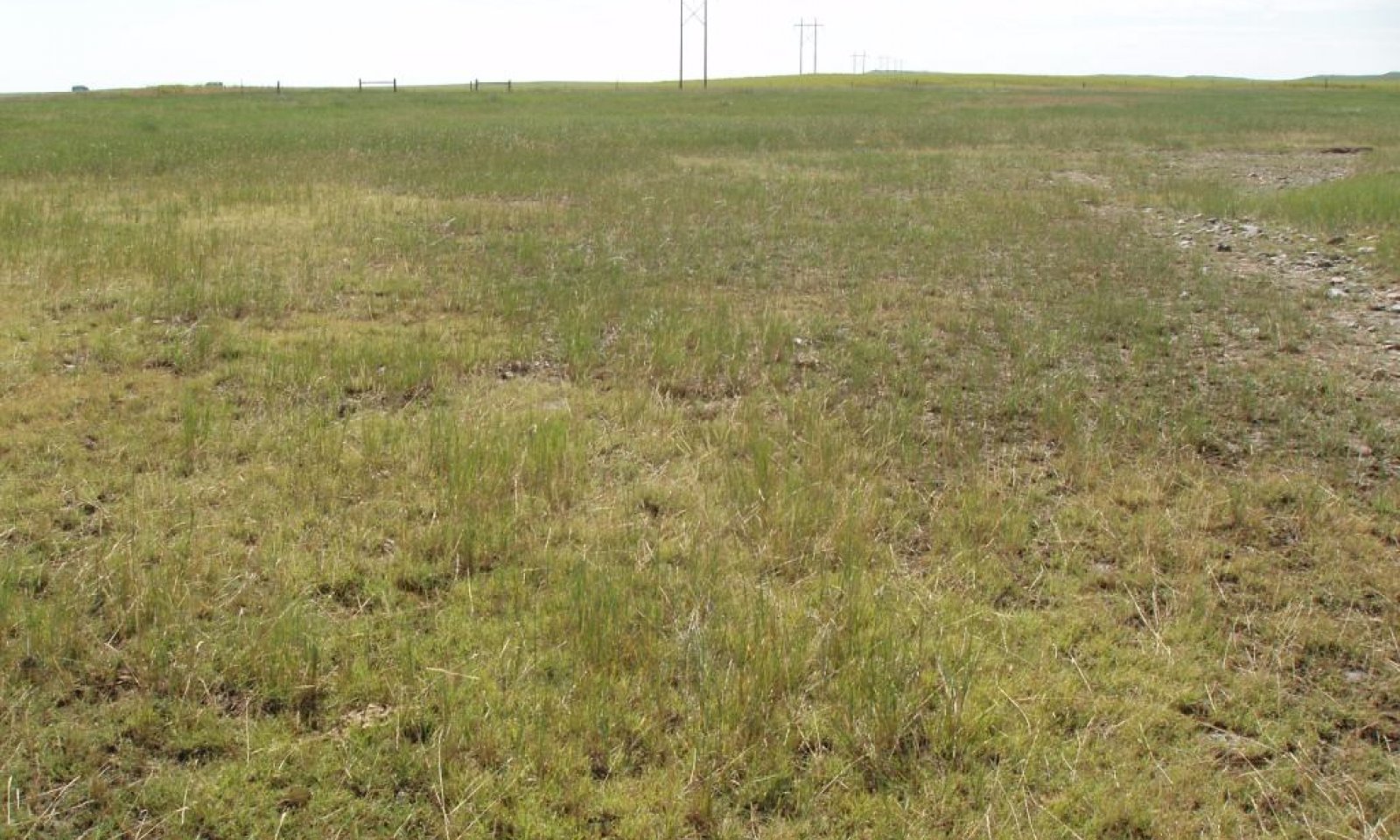
Thin Claypan
Circle-spoke model
Scenario model
Current ecosystem state
Select a state
Management practices/drivers
Select a transition or restoration pathway
-
No transition or restoration pathway between the selected states has been described
Target ecosystem state
Select a state
Description
This state represents what is believed to show the natural range of variability that dominated the dynamics in this ecological site prior to European settlement. This site, in Reference, is dominated by a mix of cool-season rhizomatous wheatgrasses and warm-season short grasses. Heavy grazing will cause the plant community to transition to a community dominated by warm-season short grasses and a minor amount of cool-season rhizomatous wheatgrasses and needle grasses. Cactus can increase dramatically and in the western portion of the MLRA, greasewood can also establish. Erosion of the surface horizon is a potential outcome with heavy grazing. In pre-European times the primary disturbances included grazing by large ungulates and small mammals, and drought. Favorable growing conditions occurred during the spring and the warm months of June through August. Today a similar state can be found in areas where proper livestock use has occurred.
Submodel
Model keys
Briefcase
Add ecological sites and Major Land Resource Areas to your briefcase by clicking on the briefcase (![]() ) icon wherever it occurs. Drag and drop items to reorder. Cookies are used to store briefcase items between browsing sessions. Because of this, the number of items that can be added to your briefcase is limited, and briefcase items added on one device and browser cannot be accessed from another device or browser. Users who do not wish to place cookies on their devices should not use the briefcase tool. Briefcase cookies serve no other purpose than described here and are deleted whenever browsing history is cleared.
) icon wherever it occurs. Drag and drop items to reorder. Cookies are used to store briefcase items between browsing sessions. Because of this, the number of items that can be added to your briefcase is limited, and briefcase items added on one device and browser cannot be accessed from another device or browser. Users who do not wish to place cookies on their devices should not use the briefcase tool. Briefcase cookies serve no other purpose than described here and are deleted whenever browsing history is cleared.
Ecological sites
Major Land Resource Areas
The Ecosystem Dynamics Interpretive Tool is an information system framework developed by the USDA-ARS Jornada Experimental Range, USDA Natural Resources Conservation Service, and New Mexico State University.
